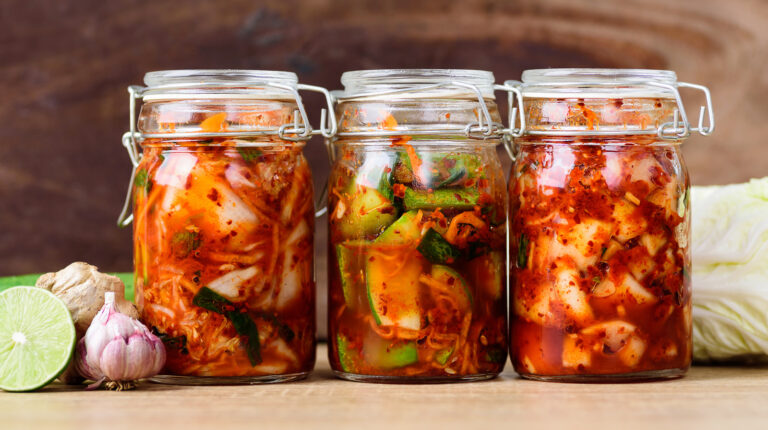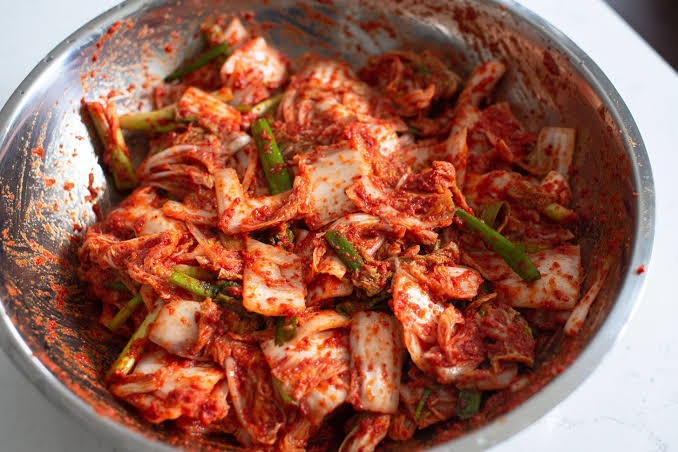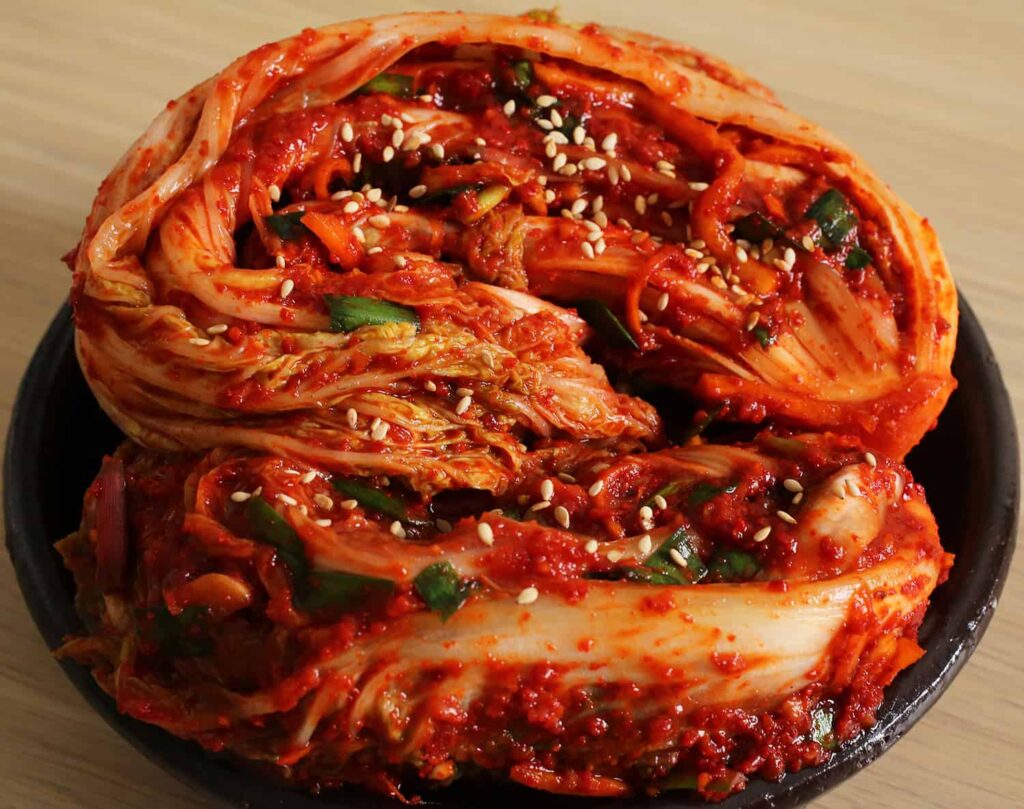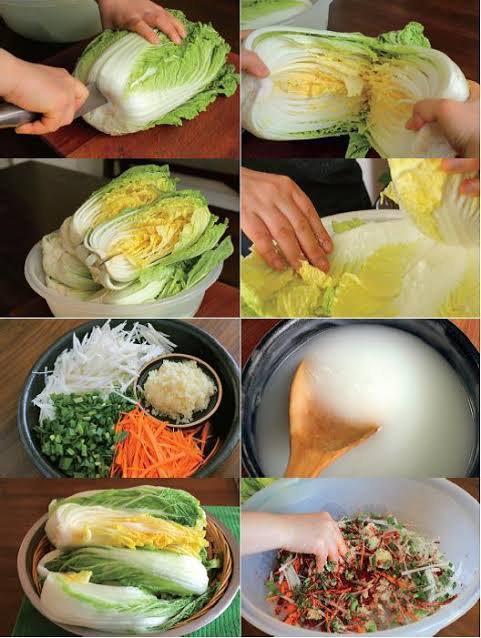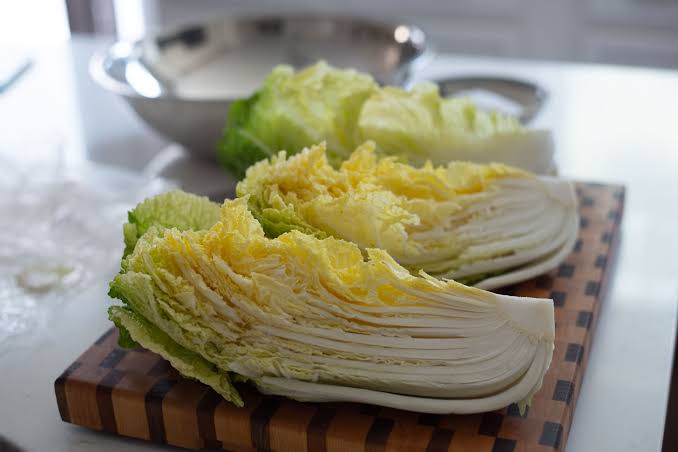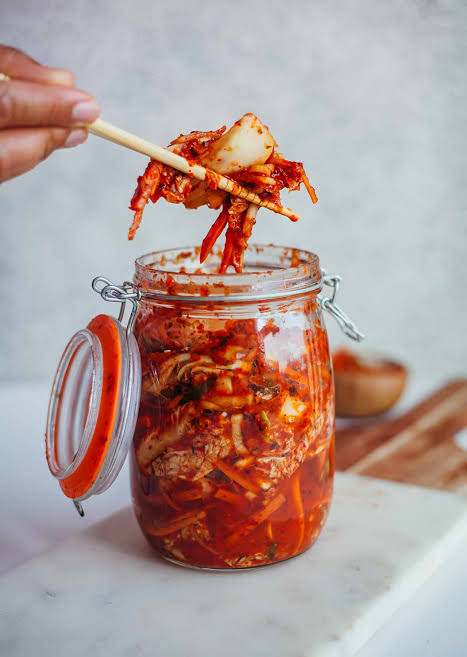What is a Certificate Authority?
A certificate authority (CA) is a trusted institution that provides digital certificates, which are used to confirm the authenticity of digital identities and make communication secure over the internet. A digital certificate is a kind of online document that consists of information about the identity of a system. An example of this is a website or an individual. The online certificate is digitally signed by the CA. The digital signature proves the authenticity of the certificate and the organization it represents. Before we go into securing your business with certificate authority services, let us first look at the types of CAs.

Types of Certificate Authority
There are different kinds of Certificate Authorities (CAs). These types are based on their level of trust and the kind of certificates they issue. Below are the most common types of Certificate Authority:
Public CAs
These are the most widely known CAs, and they issue digital certificates to the general public. They are trusted by web browsers and other applications. This is because they go through strict audits and follow industry best procedures. Public CAs issue different kinds of certificates, including SSL/TLS certificates, Code Signing certificates, and Email Signing certificates. Examples of public CAs are DigiCert, GlobalSign, and Let’s Encrypt.
Private CAs
Private CAs are used by companies to issue certificates to their users and devices. They are mostly used in enterprise environments, where security is important, and centralized management is required. Private CAs are not trusted by web browsers and other applications. They can only be trusted if they are explicitly added to the trusted root certificate store.
Root CAs
Root CAs are at the top of the hierarchy of CAs. They issue digital certificates to intermediate CAs. These CAs are trusted by web browsers and other applications. This is because they undergo the most stringent audits and follow the strictest security standards. Root CAs are responsible for establishing the authenticity of the entire certificate chain.
Intermediate CAs
Intermediate CAs are authorized by Root CAs to issue certificates in their stead. These CAs are used to provide an additional layer of security and control to the process of issuing the certificate. Intermediate CAs are majorly used by larger organizations or governments that need to manage multiple private CAs.
Domain Validated (DV) CAs
Domain Validated CAs are the most basic type of SSL/TLS certificate. DV CAs give the lowest level of security. They look out for the ownership of the domain name. They do not verify any other information about the organization. These certificates are often used by smaller websites or personal blogs.
Organization Validated (OV) CAs
Organizational Validated CAs give more security than DV CAs. They verify the domain ownership and also verify the organization’s identity. This includes its legal name and physical location. These certificates are often used by small to medium-sized businesses.
Extended Validation (EV) CAs
EV CAs provide the highest level of security and trust. They go through the most stringent audits. Hence require extensive documentation to verify the identity of the organization. EV CAs display a green padlock and the name of the organization in the web browser address bar. This way they provide users with a high level of assurance that they are discussing with a legitimate organization. These certificates are often used by banks, e-commerce websites, and other high-security applications.
How to secure my business with certificate authority services
Here are some ways you can secure your business using certificate authority services:
Secure Your Website
If your business has a website that collects sensitive information such as usernames, passwords, and credit card numbers, you should consider using SSL/TLS certificates issued by a reputable CA. SSL/TLS certificates encrypt the data exchanged between the website and the user, preventing eavesdropping and unauthorized access.

Secure Your Email Communication
If your business relies on email communication, you should consider using email security certificates issued by a reputable CA. Email security certificates can be used to sign and encrypt email messages, ensuring that they are authentic and secure. This helps prevent unauthorized access and tampering of email messages.
Secure Your Code
If your business develops software applications, scripts, or other types of code, you should consider using code signing certificates issued by a reputable CA. Code signing certificates can be used to sign code, ensuring that it has not been tampered with and comes from a trusted source. This helps prevent malware and other types of malicious code from being distributed and executed.
Implement Strong Key Management Practices
Private keys are used to sign and decrypt digital certificates, and their security is critical to the overall security of the digital identity. Businesses should implement strong key management practices, such as storing private keys in secure hardware devices and regularly rotating them.
Verify Certificate Authenticity
Businesses should verify the authenticity of digital certificates before trusting them. This can be done by checking the digital signature of the CA that issued the certificate and verifying that the certificate has not been revoked.
In Conclusion
The type of certificate authority service used depends on the level of security and trust required by the organization or application. Public CAs are the most commonly used and trusted by web browsers, while private CAs and intermediate CAs are used by organizations for internal purposes. The type of SSL/TLS certificate used depends on the level of security required, with EV certificates providing the highest level of trust and assurance.










